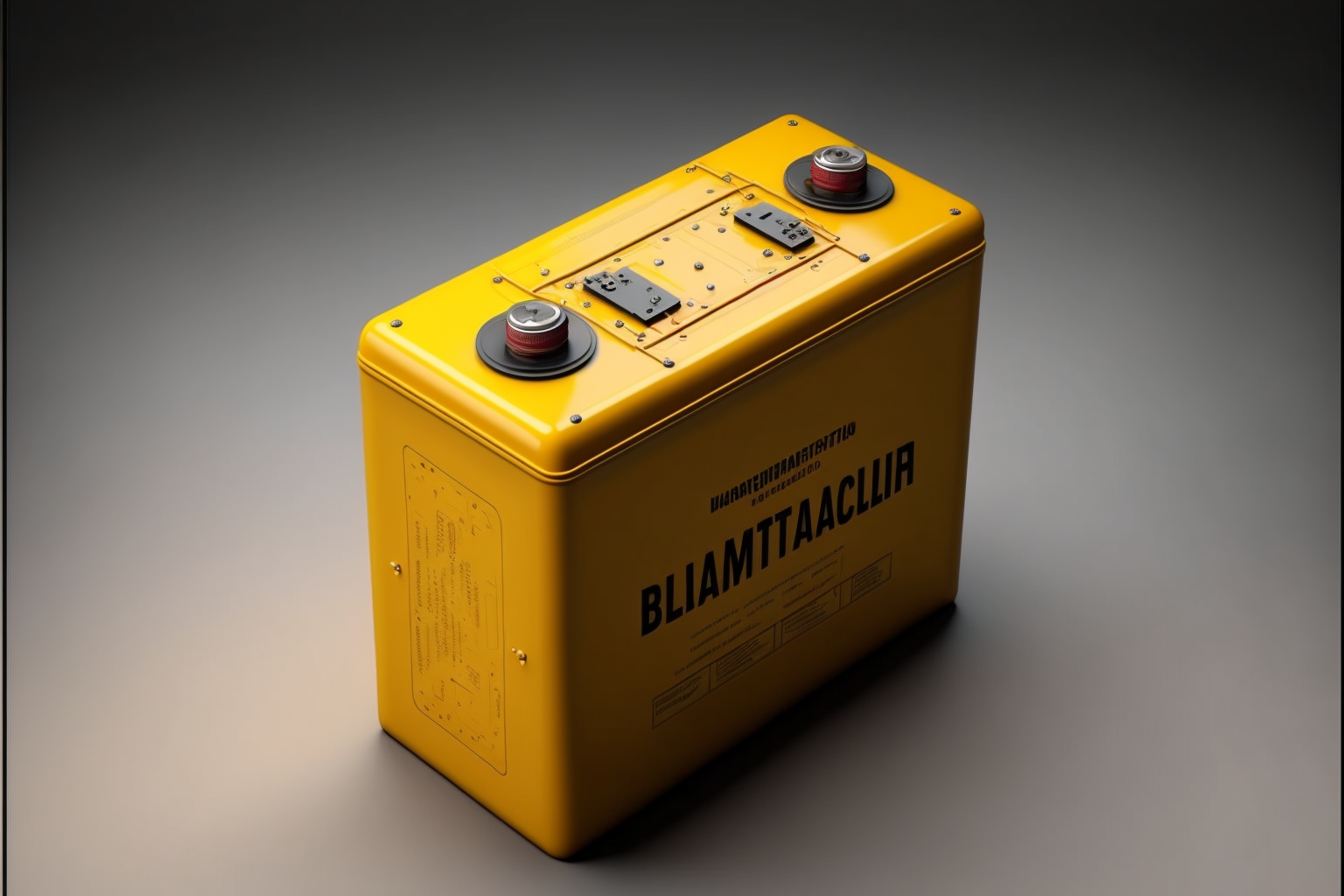Battery Design
Batteries may not be the heart or brain of a system, but try running the heart or brain without an energy storage (glucose)!

Batteries are all the rage today. For some, they are "expensive, not powerful enough, with a large ecological footprint", for others, an indispensable part of the energy transition. So, what's the truth? Let's take a closer look.
We use the terms "battery" and "accumulator" here, although in the past, there was a more accurate distinction between a battery (non-rechargeable) and an accumulator (rechargeable), but since non-rechargeable power storage doesn't make much sense in our context, we'll just use both as they fit. 😉
A solar storage must be considered under different aspects, each of which we have dedicated a separate article to - if you don't want to read all the articles in detail (too bad - we put so much effort into them), you can skip the paragraph and read a summary below:
From the articles above, you have learned that the solar storage you need should be
- based on lithium-iron-phosphate (LFP) battery chemistry
- should be adequately dimensioned for a long lifespan
- should be LFP again - because it's safe
- should be LFP again - because it's practical
As luck would have it, we have exactly such LFP battery storage available. But there's more, because the overall package "solar storage" includes not only the actual cells, but also the battery management.


